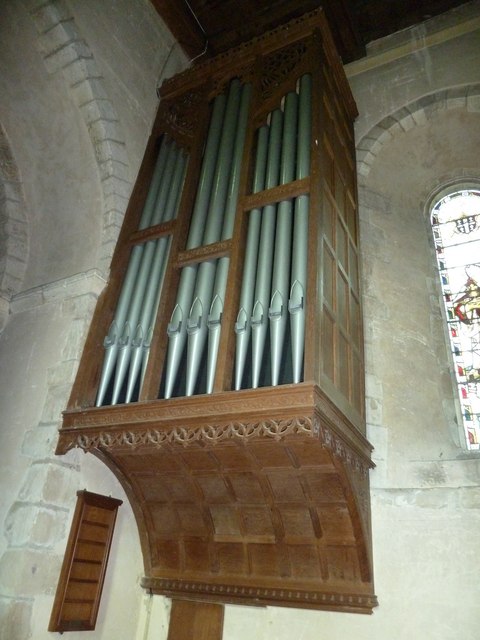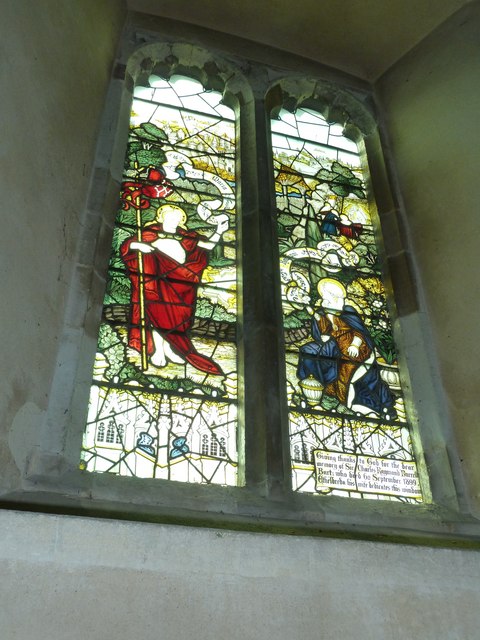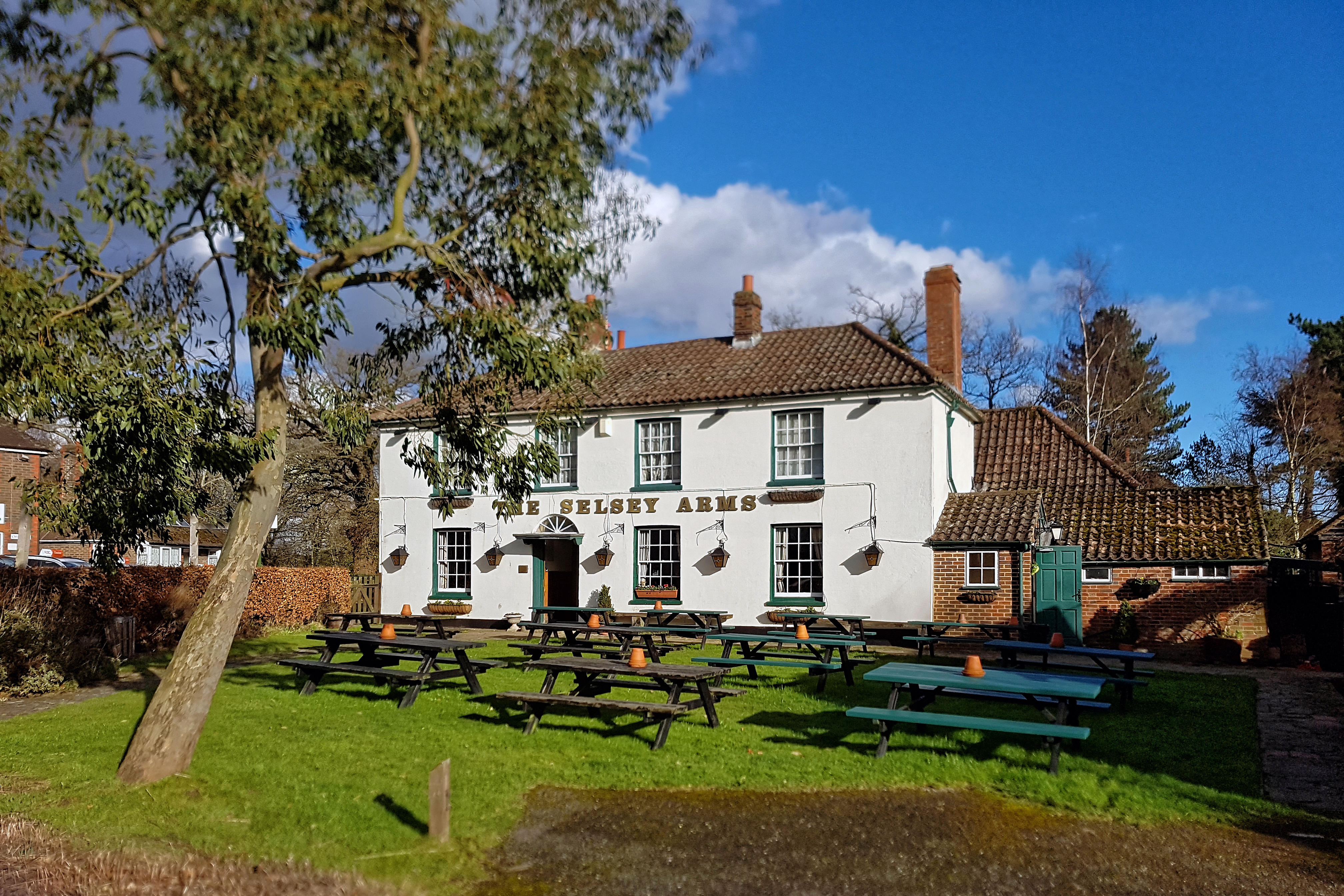Oldhouse Gorse
Wood, Forest in Sussex Horsham
England
Oldhouse Gorse

Oldhouse Gorse, located in Sussex, England, is a picturesque woodland area known for its dense growth of gorse bushes. This natural habitat, encompassing an area of around 100 acres, is situated within the larger expanse of the Sussex Weald, renowned for its diverse flora and fauna.
The gorse bushes, with their spiky evergreen foliage and vibrant yellow flowers, dominate the landscape of Oldhouse Gorse. This hardy shrub thrives in the acidic soil found in this region, providing a habitat for an array of wildlife. The dense thorny branches offer shelter and protection to numerous bird species, including the stonechat and linnet, which are commonly observed here.
Aside from gorse, the woodland of Oldhouse Gorse also features a variety of other tree species, such as oak, birch, and beech, creating a rich and diverse ecosystem. The forest floor is covered in a thick carpet of mosses, ferns, and wildflowers, adding to the area's natural beauty.
Visitors to Oldhouse Gorse can enjoy a network of walking trails that wind through the woodland, offering an opportunity to explore and appreciate the natural surroundings. The peaceful atmosphere, punctuated by the occasional chirping of birds and rustle of leaves, provides a tranquil escape from the bustle of modern life.
Oldhouse Gorse is managed by a local conservation organization, ensuring that the delicate balance of the ecosystem is preserved. The site is open to the public year-round, offering nature enthusiasts and hikers the chance to appreciate the beauty and diversity of this unique woodland area in Sussex.
If you have any feedback on the listing, please let us know in the comments section below.
Oldhouse Gorse Images
Images are sourced within 2km of 50.986354/-0.3976774 or Grid Reference TQ1221. Thanks to Geograph Open Source API. All images are credited.








Oldhouse Gorse is located at Grid Ref: TQ1221 (Lat: 50.986354, Lng: -0.3976774)
Administrative County: West Sussex
District: Horsham
Police Authority: Sussex
What 3 Words
///puts.surprised.fists. Near Southwater, West Sussex
Nearby Locations
Related Wikis
RAF Coolham
Royal Air Force Coolham or more simply RAF Coolham is a former Royal Air Force Advanced Landing Ground located in West Sussex, England. The following units...
Coolham
Coolham is a small village in the civil parish of Shipley and the Horsham District of West Sussex, England. It is located at the crossroads of the A272...
King's Mill, Shipley
King's Mill or Vincent's Mill, Shipley, West Sussex, England, is a smock mill built in 1879. == History == King's Mill was built in 1879 for Friend Martin...
Shipley, West Sussex
Shipley is a village and civil parish in the Horsham District of West Sussex, England. It lies just off the A272 road 6 miles (10 kilometres) north-east...
St Mary's Church, Shipley
The Church of St Mary the Virgin is an Anglican church in the village of Shipley, in West Sussex, England. It is in the Diocese of Chichester. Built in...
Parson's Brook
Parson's Brook is a minor river (brook) located in the Horsham District of West Sussex, England. It is a tributary to the River Adur. == Course == The...
Dragon's Green
Dragon's Green is a hamlet in the civil parish of Shipley, and the Horsham district of West Sussex, England. The hamlet is 5 miles (8 km) south from the...
Brightling Park
Brightling Park (previously known as Rose Hill) is a country estate which lies in the parishes of Brightling and Dallington in the Rother district of East...
Nearby Amenities
Located within 500m of 50.986354,-0.3976774Have you been to Oldhouse Gorse?
Leave your review of Oldhouse Gorse below (or comments, questions and feedback).














